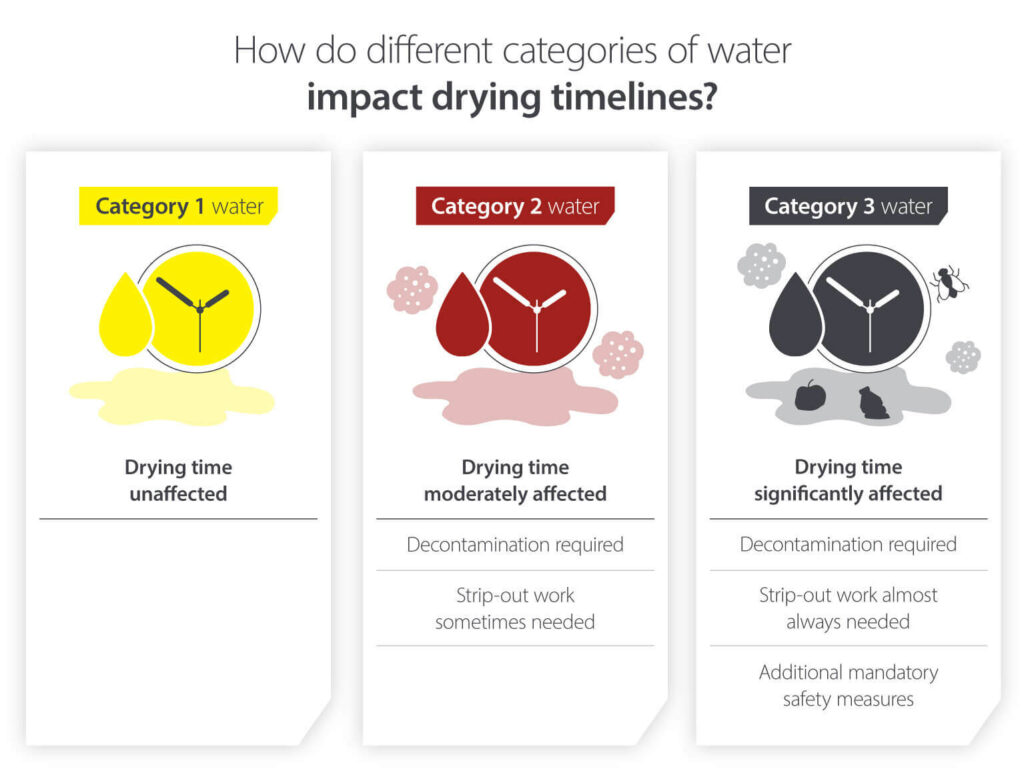
Rain is a vital part of the Earth’s water cycle, nourishing plants, replenishing water sources, and shaping landscapes. However, when it comes to our daily lives, rain can sometimes be an inconvenience, leaving behind wet surfaces that take time to dry. The duration it takes for rain to evaporate varies significantly depending on several environmental factors. This article delves into the key elements that influence how long does it take for rain to dry, providing insights into this fascinating natural process.
This comprehensive guide will explore the impact of rainfall intensity, temperature, humidity, wind speed, and surface material on drying time. By understanding these factors, you can gain a better appreciation for the dynamic interplay between weather conditions and the drying process.
Rainfall Intensity and Drying Time
The amount of rain that falls plays a crucial role in determining how long it takes to dry. Light showers, characterized by gentle precipitation and low water accumulation, tend to evaporate relatively quickly. A light drizzle might completely disappear within a few hours, leaving surfaces damp but not soaked. Conversely, heavy downpours deliver a significant volume of water in a short period, saturating the ground and prolonging drying time.
Intense rainfall can lead to puddles that persist for days, especially if the underlying soil is compacted or impermeable. The sheer amount of water present creates a larger surface area for evaporation, but the process is often hindered by factors like cloud cover and low temperatures.
Temperature’s Impact on Evaporation
Temperature exerts a significant influence on the rate of evaporation. Warmer temperatures accelerate the movement of water molecules, increasing their kinetic energy and facilitating their transition from liquid to gaseous state.
As air temperature rises, its capacity to hold moisture also increases. This means that warmer air can absorb more evaporated water vapor, further promoting drying. Conversely, colder temperatures slow down evaporation as water molecules move less vigorously and the air’s ability to hold moisture decreases.
Humidity’s Role in Drying Duration
Humidity refers to the amount of moisture present in the air. High humidity levels create a saturated environment where the air is already holding a significant amount of water vapor. This reduces the air’s capacity to absorb more moisture, effectively slowing down the evaporation process.
In humid conditions, surfaces may remain damp for extended periods even under sunny skies because the air is reluctant to accept additional water vapor. Conversely, low humidity levels allow for faster drying as the air readily absorbs evaporated water molecules.
Wind Speed and Drying Rate
Wind plays a crucial role in accelerating the drying process by removing moist air from the surface and replacing it with drier air.
Strong winds create a greater airflow, enhancing the rate of evaporation. As wind carries away humid air, it creates space for drier air to move in, promoting continuous water vapor removal. Conversely, calm conditions hinder drying as moist air remains trapped near the surface, slowing down the evaporation process.
Surface Material and Drying Time
The type of surface material also influences drying time. Porous materials like soil, sand, and gravel allow water to seep through their structure, facilitating faster evaporation.
Conversely, non-porous surfaces such as concrete, asphalt, and metal tend to retain water longer because it cannot penetrate the surface. This can lead to prolonged drying times, especially in humid environments.
Conclusion
Understanding how long does it take for rain to dry requires considering a complex interplay of factors. Rainfall intensity, temperature, humidity, wind speed, and surface material all contribute to the drying process. Light showers on warm, dry days may evaporate quickly, while heavy downpours in humid climates can persist for days. By recognizing these influences, we can better anticipate drying times and make informed decisions about outdoor activities and water management practices.
